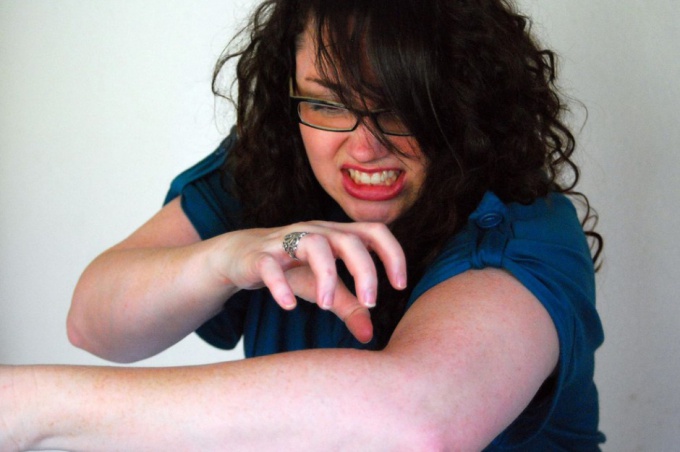Instruction
1
Causes of pink lichen is uncertain. But one thing is that it provokes the development of a cold. A large number of diseases pink deprive is observed in spring and autumn. Weakened immunity could be a relapse of the disease.
2
Pityriasis rosea is a disease contagious. It is transmitted through personal belongings of the patient. This can be, for example, towel, washcloth, comb. At the beginning of the disease on the body there is one spot called "mother", about the size of a small coin. After a week or a little later, appear "kids" – numerous small stains pink or pinkish-yellow color. Most of the lesions observed on the sides of the torso, shoulders, back and hips.
3
In the center of the rose spots observed, the peeling of the skin, similar to crumpled tissue paper. A lichen is a bit like a decoration, a medallion. The disease usually lasts from 6 to 9 weeks.
4
Pityriasis rosea often takes place without treatment. But patients at this time should not take baths. You can only wash in the shower using mild detergents. Not recommended without the advice of a doctor, to treat pityriasis rosea, lubricating it with various ointments or pastes. This can lead to further spread of infection. During the illness should be as less as possible to spend time in the sun, and wear clothes only from natural fabrics (no synthetics).
5
As a topical treatment pink lichen is recommended to lubricate the affected areas of sea buckthorn, peach, dog rose, trapping in vegetable oils. It is also useful to treat the shingles with a solution of chlorophyllipt, romazulan, sangviritrin. Can 6 or 7 times a day to lubricate the stain with Apple cider vinegar.
6
During treatment pink lichen is recommended to drink the infusion or decoction of liquorice, or syrup, which can be purchased at the pharmacy.
Note
The term "ringworm" appeared in the times of Hippocrates, he called ringworm of various rashes that are accompanied by peeling skin. For example: is called weeping eczema, ringworm, psoriasis is called scaly lichen, ringworm is ringworm. Besides pharmaceutical drugs, there are many ways to treat this trouble's getting rid of different types of lichen, lishainik rashes
Useful advice
Because you must first clarify the specific kind of lichen, and only then proceed to their own treatment. How to get rid of depriving traditional methods. In the treatment of lichen, first of all we must remember that the affected area of the skin should be kept clean and dry, as this disease loves moisture and heat. The first step for getting rid of lichen – treat the skin with salt solution. 5 liters of water is taken 1 tablespoon of regular or sea salt.
